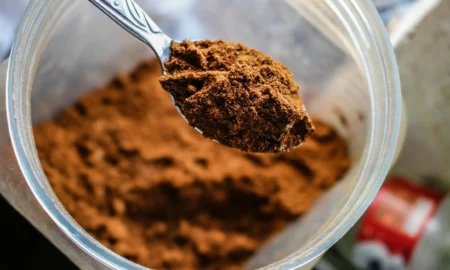An axiom of bodybuilding success is that you must experiment with various training routines and systems until you find what works best for you. Some bodybuilders are more focused than others. For example, both four-time Mr. Universe Bill Pearl and three-time Mr. Olympia Frank Zane kept training logs over their bodybuilding careers. That let them see what worked. Their training systems were tailored to their individual structures and requirements.
Then there’s the notion of instinctive training. You base your workouts on how you feel. On some days you may feel more energetic and prefer to train harder or do additional sets and reps. On low-energy days you may back off and train lighter. I’ve always had a problem with instinctive training. If I were to base my training on my energy, I’d train about twice a month.
Then there are the unwritten rules of training. I’ve always wondered about the rule that you need to constantly vary training programs, sets, exercises, frequency and so on. One article years ago said something about having to “fool a muscle into growth,” which in my mind implies that muscles have their own thought patterns. Some well-known trainers have gone on record with remarks about how a muscle eventually gets used to an exercise and won’t respond anymore. That’s when you need to change the exercise for that particular muscle. My problem with that seemingly rational idea is that muscles can contract only in specific ways. Switching from doing barbell curls to dumbbell curls may well increase your enthusiasm because of the novelty of doing a new exercise, but to your biceps it’s same old, same old.
Individual variation becomes a lesser factor when you consider the molecular events behind muscle growth. In that sense, all men are truly created equal. Sure, guys with naturally high counts of such anabolic hormones as testosterone and growth hormone may be more responsive to training and wind up being labeled easy gainers, but at the molecular level, the events that lead to gains in muscle size and strength are the same in everybody. The key is to optimize training to take advantage of positive molecular changes.
One example is the activation of muscle fibers. Muscle fibers are activated by alpha-motorneurons. The force of muscle contraction itself is based on how fast the neurons supplying muscle fire—it’s called rate-coding—and the actual number of muscle fibers recruited in a contraction. The body prefers to economize, using as few muscle fibers as possible to complete the job at hand. There is an order of recruitment, starting with the type 1, or slow-twitch, fibers. As the amount of resistance increases and the type 1 fibers begin to fatigue, the brain opens the gates to additional recruitment of the bigger, stronger type 2, or fast-twitch, fibers. The best way to recruit the type 2 fibers, which are more amenable to added size and strength than the type 1s, is either to train explosively, performing rapid, heavy lifting, or to use heavier weights.
Another thing to keep in mind is that muscles differ in fiber composition. In most people the gastrocnemius, or calf muscle, is 60 percent type 1 muscle fibers, while the soleus muscle, which lies under the gastroc, is 85 percent type 1s. In practical terms, that means it’s best to do higher reps—at least 15 to 20 per set—of exercises that focus on the soleus muscles, such as seated calf raises, and keep the reps at a minimum of 12 when training the gastrocs. So when doing an exercise that focuses mainly on the gastrocs, such as standing machine calf raises, you want to use enough weight to just barely be able to complete those 12 or so reps. Then try to go beyond that.
Years ago I interviewed a bodybuilder who had astounding calf development. Surely he had a genetic gift. He told me that he used to have ordinary development bordering on weak calves until he began to train past the pain barrier. “In calf training, my sets begin when most other bodybuilders’ sets end,” he said. That enabled him to bring into play the type 2 fibers in his calves, which brought on amazing growth. IM




















You must be logged in to post a comment Login